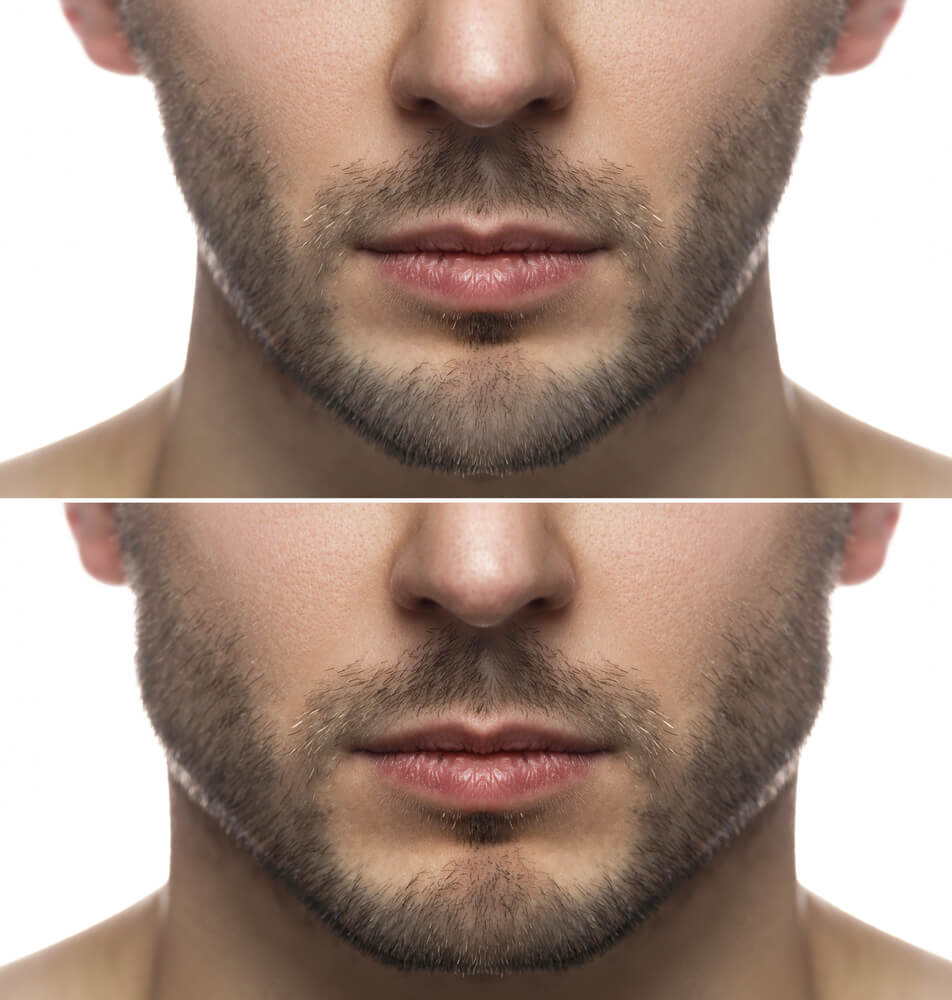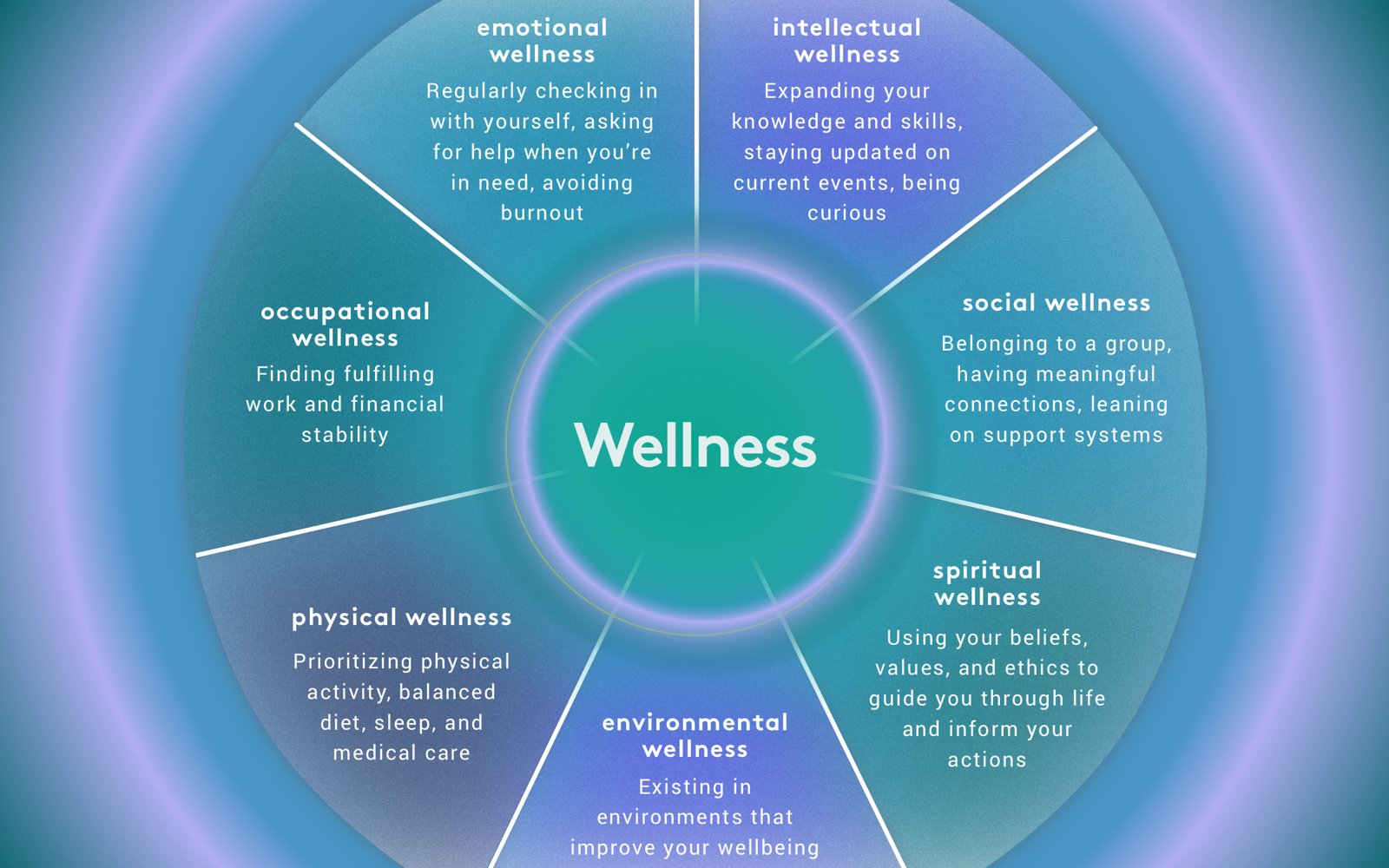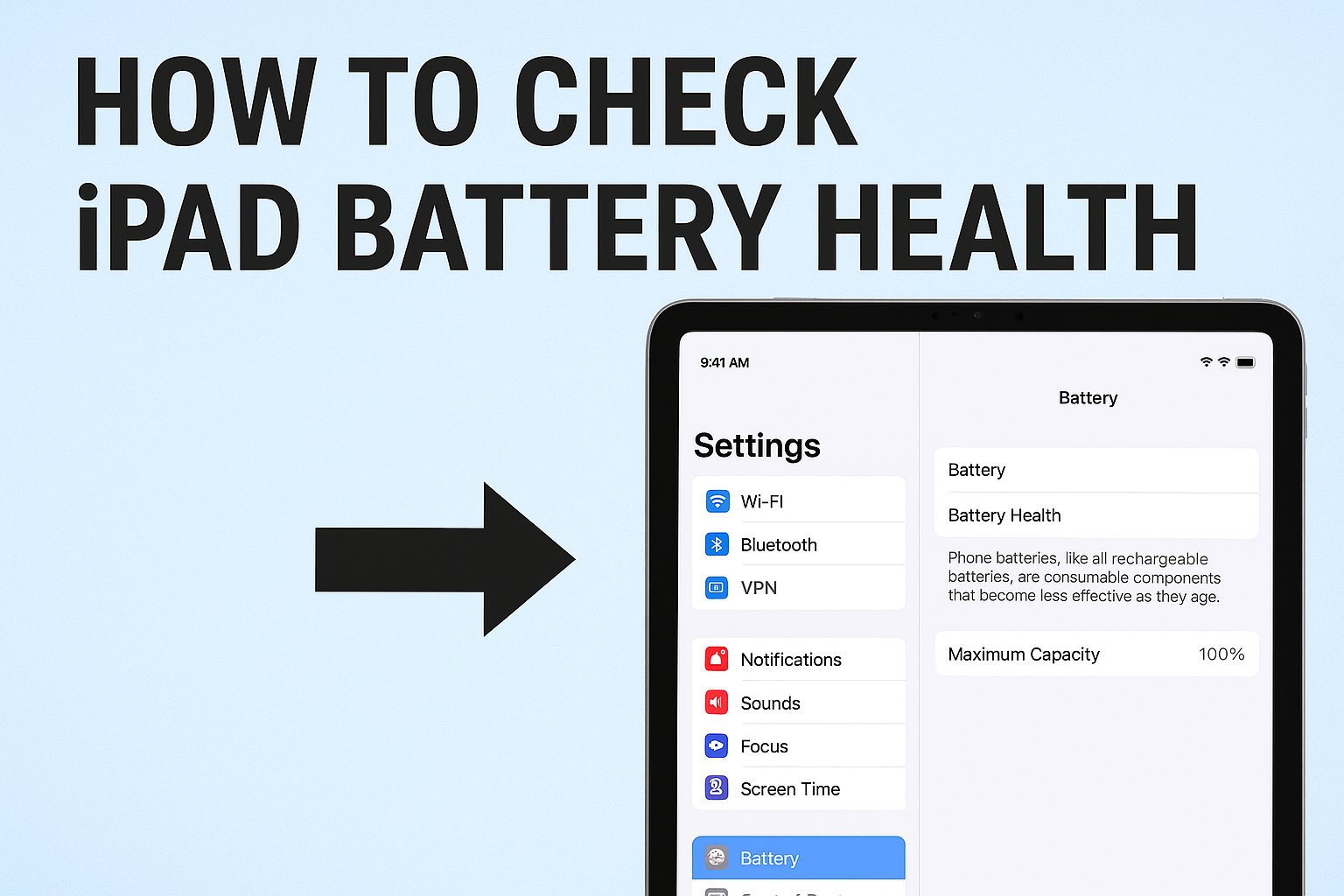
Introduction
If you’ve been scrolling through TikTok, YouTube, or Reddit, chances are you’ve heard of mewing—a technique that supposedly improves your jawline, facial structure, and even breathing. But what exactly is mewing, and does it actually work? This guide breaks down everything you need to know, from its origins to its potential benefits, risks, alternative solutions, and scientific backing.
What is Mewing?
Mewing is a tongue posture technique that involves placing your tongue on the roof of your mouth and keeping it there consistently. This practice was popularized by Dr. John Mew, a British orthodontist, who believed that proper tongue posture could influence facial development and help prevent issues like misaligned teeth and poor jaw structure.
How Does Mewing Work?
Mewing is based on the principle that maintaining the right tongue posture exerts gentle pressure on the maxilla (upper jaw), which could, over time, encourage better facial symmetry.
Core Principles of Mewing:
- Resting the entire tongue against the roof of the mouth (not just the tip)
- Keeping your mouth closed and breathing through your nose
- Maintaining proper head posture (aligned with your spine, not tilted forward)
- Avoiding excessive mouth breathing or open-mouth posture
- Practicing consistently over time for potential results
Potential Benefits of Mewing
1. A More Defined Jawline
One of the biggest reasons people try mewing is to enhance their jawline. While evidence is mostly anecdotal, some believe that proper tongue posture can help maintain a more structured jawline over time.
2. Improved Breathing & Posture
Nasal breathing is a key component of mewing, which can lead to better oxygen intake and lung function. Additionally, keeping your tongue in the right position promotes proper head posture, reducing strain on the neck and back.
3. Possible Prevention of Orthodontic Issues
Some proponents argue that mewing, when practiced from a young age, may help prevent dental misalignment and reduce the need for braces or corrective jaw surgery.
4. Potential Reduction in Snoring and Sleep Apnea
Since mewing encourages nasal breathing and proper tongue posture, some individuals report reduced snoring and improvements in sleep apnea symptoms.
5. Speech Improvement
Proper tongue placement can help with clearer pronunciation and speech articulation, especially for individuals with speech-related concerns.
Does Mewing Actually Work? The Science Behind It
Scientific Studies & Expert Opinions
- A study published in the Journal of Oral Rehabilitation (2019) found that tongue posture plays a role in facial structure development but cannot significantly alter bone structure in adults.
- The American Association of Orthodontists (AAO) states that while oral posture is important, mewing alone is unlikely to create major facial changes in adults.
- Research on orthotropics (Dr. Mew’s method) remains controversial in the orthodontic community, and his claims lack widespread scientific backing.
Mewing Works Best for Younger Individuals
Children and teenagers whose bones are still developing may benefit from proper oral posture. However, in adults, bone structure is mostly set, meaning any changes would be very slow and minimal.
Potential Risks of Mewing
Many online sources promote mewing as a harmless practice, but improper techniques can have drawbacks.
Possible Negative Effects:
- Jaw Pain & Strain: Holding your tongue in an unnatural position for long periods may cause discomfort or jaw tension.
- TMJ Issues: Excessive pressure on the jaw joint (temporomandibular joint) could contribute to pain or dysfunction.
- Orthodontic Complications: If you already have misaligned teeth or a bite issue, mewing may not be an effective solution and could worsen the problem.
- Overtraining Syndrome: Some individuals attempt to force mewing results by applying too much pressure, leading to muscle fatigue and headaches.
Mewing Before & After: What to Expect
Many before-and-after photos online show dramatic changes attributed to mewing, but it’s important to consider:
- Weight loss: Losing fat can make facial features more defined.
- Better posture: Improved head positioning enhances jawline appearance.
- Lighting & angles: Many photos exaggerate results with strategic angles.
Realistically, mewing may improve your facial aesthetics slightly over time, but it won’t perform miracles.
How to Mew Correctly (Step-by-Step Guide)
If you’re interested in trying mewing, here’s how to do it:
- Keep your lips together but don’t clench your teeth.
- Flatten your entire tongue against the roof of your mouth, not just the tip.
- Breathe through your nose, not your mouth.
- Maintain good posture, keeping your head aligned with your spine.
- **Be consistent—**mewing only works with long-term practice.
Alternative Solutions for a Defined Jawline
If you’re looking to enhance your jawline beyond mewing, consider these proven options:
1. Jawline Exercises
- Chewing Tougher Foods: Strengthens jaw muscles.
- Chin Tucks & Jaw Clenching: Helps define the jawline.
- Neck Lifts & Resistance Training: Strengthens facial and neck muscles.
2. Non-Surgical Treatments
- Dermal Fillers: Injectable treatments to enhance jawline contour.
- Radiofrequency (RF) Therapy: Uses energy waves to tighten the skin.
- Ultrasound Skin Tightening (Ultherapy): Encourages collagen production for a more sculpted look.
3. Orthodontic & Surgical Solutions
- Braces/Invisalign: Corrects jaw misalignment.
- Facial Contouring Surgery: A permanent solution for jaw reshaping.
- Corrective Jaw Surgery: Helps realign the upper and lower jaws.
- Liposuction or Buccal Fat Removal: Targets excess fat for a more chiseled appearance.
Mewing Success Stories vs. Myths
With the rise of social media, many influencers claim dramatic mewing transformations. But are they real?
Common Mewing Myths Debunked:
- “Mewing can completely reshape your face in a few months.”
- Fact: Significant changes, if any, take years—especially in adults.
- “Mewing can replace orthodontic treatments.”
- Fact: Mewing may improve oral posture but cannot fix severe misalignment issues like braces or surgery can.
- “Dr. John Mew is widely recognized in the dental community.”
- Fact: Dr. Mew’s views are controversial, and his dental license was revoked due to unscientific claims.
The Verdict: Should You Try Mewing?
Mewing is a harmless technique that may help improve oral posture, breathing, and facial symmetry over time. However, don’t expect it to dramatically alter your jawline—especially if you’re an adult.
Best Practices for a Defined Jawline:
- Combine mewing with a healthy diet and weight management
- Do jaw exercises like chewing tough foods
- Stay hydrated and maintain good posture
- If needed, consult an orthodontist for professional guidance
Final Thoughts
Mewing isn’t a magic trick, but practicing good oral posture is beneficial regardless. If you’re interested, give it a try—but approach it with realistic expectations.





